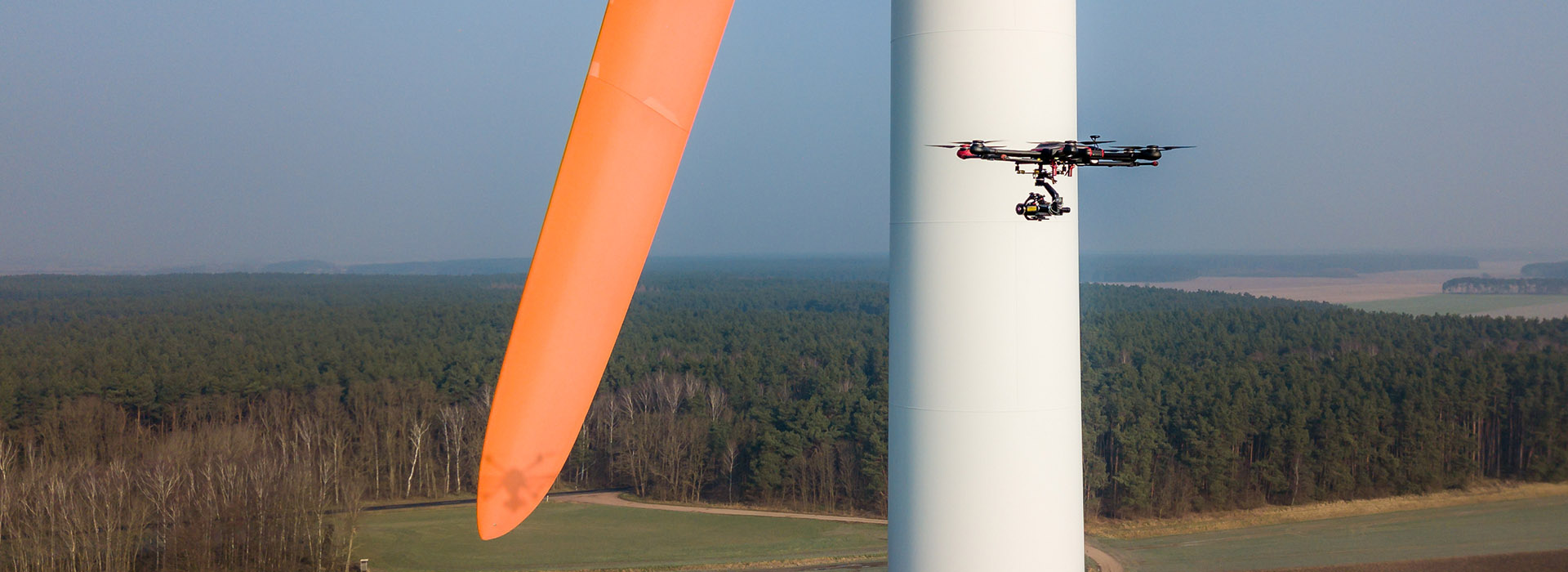Dina Maria: Cultural Aspects When Developing Health and Safety
As a former agricultural engineer in Peru, Dina's environmental background inspired her to explore a career in health and safety. She explains why the ability to climb a wind turbine, understand the impact of culture, and highlight the positives can help keep safety firmly on track.


Dina Maria Del Pino Mendoza
Senior HSSE manager at Brookfield Renewable
Q.
Do you think the impact of culture both from an employee and business perspective needs more consideration in health and safety programmes?
I think there's a natural tendency for companies to try and replicate systems across the business ecosystem. But the way I see it, there is no one recipe for health and safety. Whether it's Asia, Europe or Latin America, it's critical to incorporate cultural aspects when developing health and safety programmes because how people respond and behave often has a deep cultural context. This awareness of peoples' needs and behaviours also feeds into the company culture. So imposing a health and safety programme without understanding the risks and practicalities will not be as effective as it could be. In my current role, this could be climbing a wind turbine to understand the hazards workers face on a daily basis. Or it could be recognising that the time difference to roll out a health and safety training programme isn't great for Asia or that training on a Friday is out of bounds for certain religions. You have to create an inclusive environment to talk and work with people on understanding their health and safety needs.
"Whether it's Asia, Europe or Latin America, it's critical to incorporate cultural aspects when developing health and safety programmes because how people respond and behave often has a deep cultural context."
– Dina Maria Del Pino Mendoza, Senior HSSE manager at Brookfield Renewable
Q.
While COVID has been a disruptive force, are there any positives to take from a health and safety aspect?
COVID has certainly pushed us to become more resilient, which is a positive. When you are used to working with physical hazards, the need to implement safety measures for a threat you cannot see or easily identify is something none of us is used to. So, on the one hand, we have people out in the field ensuring energy needs are met and need specific COVID-safe protocols in place. On the other hand, there are the different and more psychological needs of workers who now need to stay home. Suddenly, you have these different needs that you need to react to and keep people safe in different ways. Therefore, we added extra layers of risk assessment and job planning with workers out in the field to ensure the works were planned in line with the many additional safety measures. We also learned to adapt protocols for those working from home. For example, it soon became apparent that regular video calls for meetings needed to be adjusted to ensure that more reserved people didn't get overlooked. For those colleagues, one-to-one calls were found to be more helpful. The need for leaders to remain positive while implementing these new safety measures was key to keeping people motivated and morale high. Certainly, COVID put health and safety at the forefront and highlighted how deeply a health crisis could impact both body and mind. Still, my approach is always to take the positives out of the situation and learn from it.
Q.
How are you employing technology to ensure health and safety continues to improve?
While we've been thinking about technology for some time, COVID has accelerated the potential benefits in a health and safety context. While travel is not an option, in some countries we are testing safety goggles incorporating cameras to see what technicians are experiencing out in the field. We are also working on reducing the risks linked to technicians climbing wind turbines for inspections by using drones for initial observations. In terms of training, we are exploring various options, such as virtual reality (VR) to simulate safety situations in real-time as part of a training programme. Other exciting developments include how technology can be to explore ways to engage employees on health and safety issues. This is particularly important in a cultural context as we all respond and learn in different ways. We have started to explore training in ‘video game format' as part of our Site Inductions to highlight safety aspects and key high risk areas on solar plants in 3D. In terms of engaging employees, we have noticed that this training material works well, particularly in India.
"We are working on reducing the risks linked to technicians climbing wind turbines for inspections by using drones for initial observations."
– Dina Maria Del Pino Mendoza, Senior HSSE manager at Brookfield Renewable
Q.
The importance of leadership often crops up when discussing how to improve health and safety performance. What do you see as important drivers to improve performance?
I think it's essential to go a step further than getting leadership support. We need leaders to define what they expect from a health and safety programme and work with them to implement that vision. They can only get genuinely involved if they have clear targets and understand the benefits to employees and the business. It's important they do this to lead by example, which is critical if employees are going to buy into health and safety programmes. It's about technical or safety leaders experiencing safety issues first hand, whether by climbing a wind turbine or talking to technicians more frequently on how health and safety can be improved. Again, we can't impose health and safety regulations if we don't understand the risks and practicalities. An essential part of ensuring health and safety programmes are fit for purpose is to observe how high-risk activities are planned and executed by the technicians. With this knowledge, we have the best opportunity to coach and reinforce positive safety actions. It's only by continually coaching that we can ensure safety actions are working and, if not, change them until they do work. These are golden opportunities to improve safety performance.
"You have to create an inclusive environment to talk and work with people on understanding their health and safety needs."
– Dina Maria Del Pino Mendoza, Senior HSSE manager at Brookfield Renewable
Q.
What would you say are the key attributes to a successful health and safety career?
It would help if you had a few things. Persistence is one. We know it's vital that health and safety programmes work, so when, for whatever reason, they don't work, you need to keep on looking for ways to make it work and make it work better. Being positive is another critical attribute. It's essential to take the positives out of any situation and continue to train, coach and explore new ideas, because health and safety never stop. It will continue to evolve just as our ways of working continue to change. If you understand this, you can remain motivated. Highlighting the positive aspects and safe performance of health and safety is also a simple way to reinforce the benefits. We need always to keep this in mind when we are looking at encouraging the right safety actions, however small they might seem at first glance.